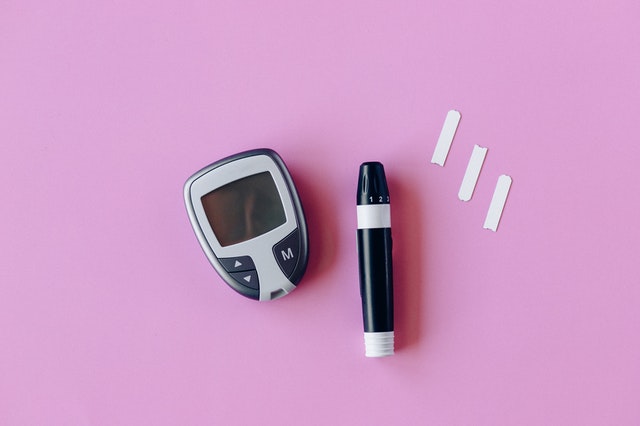GL, a thirty-one-year-old interior designer with a bright future [and, a hot temper], was literally saved by magnesium. His job was extremely deadline driven and required fantastic precision as well as an ability to understand global trends. The first time he walked into my office, he told me that he’d already been in the hospital twice for an inflammation of the pancreas and for diabetic complications, and now he had elevated blood pressure as well. He was on medication for his diabetes and blood pressure. I knew I had my work cut out for me — and, for him. Blood tests showed elevated liver enzymes and elevated triglycerides. His blood sugar was also elevated, despite his medication.
There was no question that these were a lot of problems for someone so young, and he showed no signs of lessening the intense pace of his career. “I’ve worked ten years to get to this place,” he practically shouted. “I’ve given up my social life, friendships, and a chance at an early family. I’m not about to give up now.” I agreed with him: he should not give up the life he wanted, but I would have to introduce a lifestyle that would make that possible. The first thing we changed was his diet, taking him off junk-food and sodas and putting him on healthy fibre-rich foods, such as brown rice, barley, healthy vegetables, and lots of fresh fish. I also started him on daily green leafy vegetables, which are high in magnesium, as well as an exercise programme.
Magnesium is a hidden star in the treatment of diabetes and the care of hypertension. His elevated triglycerides were a marker for insulin resistance, a condition that affects up to 20 per cent of the population and is an independent risk factor for heart disease. It is often found in families with a history of diabetes. I knew that magnesium helped the body handle insulin more efficiently and reduced its damaging effects on blood vessels. Magnesium, then, was the answer to both his hypertension and his diabetes.
Indeed, within weeks, magnesium lowered his blood pressure. I then started him on a biofeedback relaxation programme, along with specific aerobic exercises and yoga to build muscle tone and resistance. It’s taken time, over a year now, but his blood pressure, which was once unrestrained, is now under control. He says that his last year has been his most successful to date.
A Case Of PMS
VH, a forty-seven-year-old executive at one of the largest banks in the world and the mother of three, suffered all her life from premenstrual syndrome [PMS], monthly migraines linked to her menstrual cycle, and mitral valve prolapse. When she described her symptoms, we realised that they all occurred at the same time, towards the end of the month before her period. Her symptoms worsened after drinking wine and eating bread. That was a clear sign that she had underlying food allergies and, indeed, tests showed she was allergic to yeast-enriched foods, such as [as her allergic reactions indicated] wine and bread.
I took her off these foods and treated her with multivitamins and high doses of magnesium. In the case of the heart, magnesium [240mg a day in divided doses] is essential for the normal contraction and relaxation phases of the heart. I knew we’d have to wait a month to see how she’d improve, and, to my delight, her headaches decreased significantly. They lasted for only two days, rather than a week, before her period, and were less intense. She noticed no skipped heartbeats, either — a previously troubling symptom of her mitral valve prolapse.
Symptoms during subsequent menstrual cycles continued to improve, and over the past three years, there’s been a dramatic overall improvement in her health. About a year ago, VH decided to stop taking her magnesium supplements. She thought maybe she’d grown out of her phase of poor health. But, her symptoms returned in the first cycle, and, by the second, they were as bad as they’d been when I first saw her. Now she’s back on those supplements and never skips them. Other patients have been able to get off them.
Even when migraines are not premenstrual, magnesium can help. A study devoted to studying only headaches evaluated eighty-one patients between the ages of eighteen and sixty-five. One group was given 600mg of magnesium daily, while the other group took a placebo. After twelve weeks, there were 41 per cent fewer headaches in the magnesium group and only 15 per cent fewer headaches in the placebo group.

